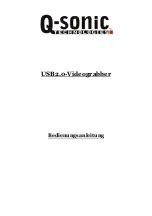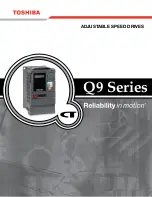
[page 26] | gpelectric.com
6.1 TROUBLESHOOTING GUIDE
PROBLEM
POSSIBLE CAUSES
PROBABLE SOLUTIONS
INVERTER SHUTS OFF
DURING USE
.
1. Excessive load at output.
2. Internal temperature is too
high.
1. Reduce load to less than rated
power.
2. Let the Inverter cool down for
at least 30 minutes. Make sure
that the fan is not blocked and
that the Inverter has sufficient
ventilation.
NO OUTPUT VOLTAGE
.
1. Cords not connected
properly.
2. Fuse on battery bank open.
3. Internal fuse(s) open.
4. Low input voltage.
5. Loose or corroded
connection.
6. High input voltage.
1. Check and secure connections.
2. Check battery bank fuse and
replace as needed.
3. Have technician check internal
fuses and replace as needed.
Only a qualified technician
should open housing.
4. Recharge or replace battery.
5. Clean and tighten connection.
6. Remove charging source and
make sure correct battery is
being used and connected
correctly.
OUTPUT VOLTAGE IS
INCORRECT
.
Input voltage is too high or too
low.
Maintain input voltage at required
level.
COULD NOT DRIVE LOAD.
1. Load power is too large.
2. The wire is not the
appropriate size.
3. Start power of a device
is up to twice the rated
power.
1. Lower load level.
2. Use appropriately-sized wire
connections.
3. Reduce load, or change devices.
MOTOR-OPERATED
DEVICE OPERATES AT
INCORRECT SPEED
.
Load is only inductive.
Operate a lamp or heater at the same
time to provide a more balanced
load.
Television picture is full
of static or speakers
make a buzz.
1. Television or radio
interference.
2. Incompatible device.
1. Move Inverter away from
antenna and/or use a shielded
antenna cable.
2. Contact device supplier to make
sure that the device can operate
on a Modified Sine Wave
Inverter.
6. TROUBLESHOOTING





































